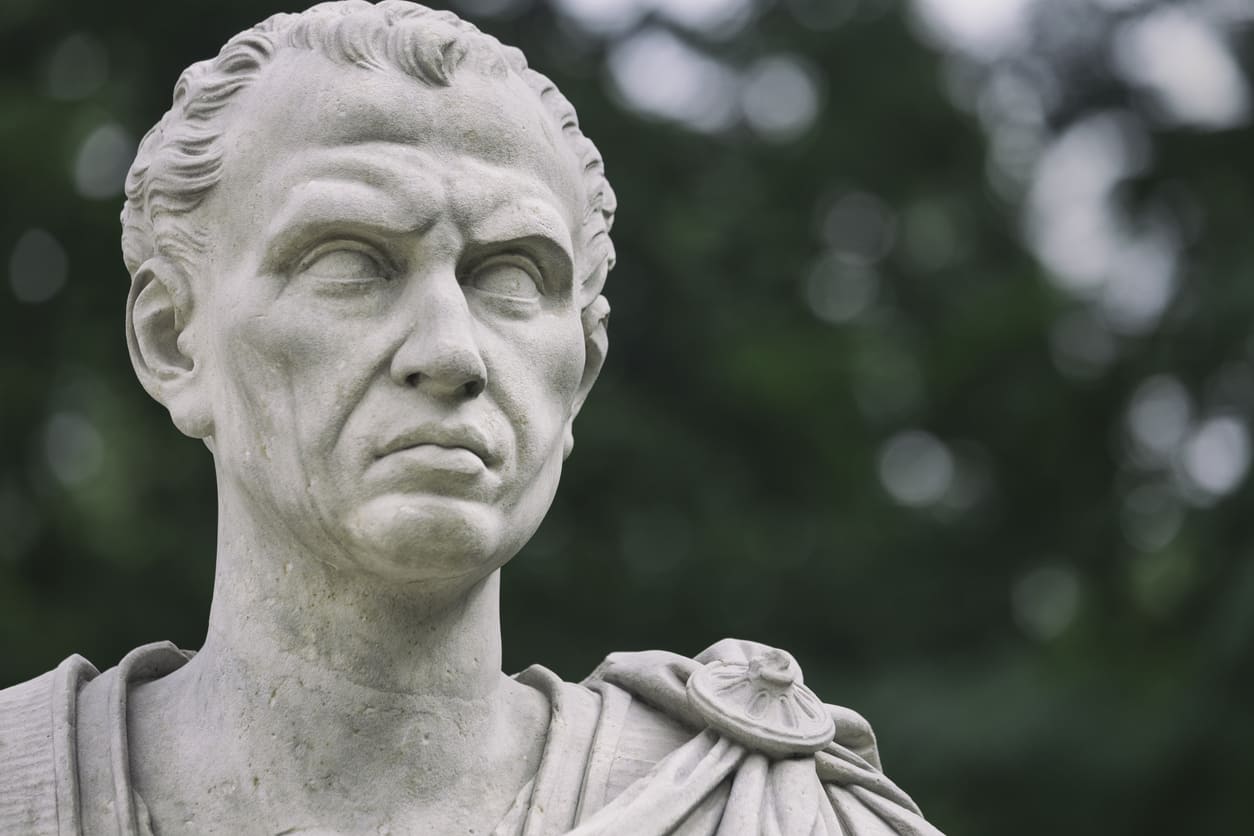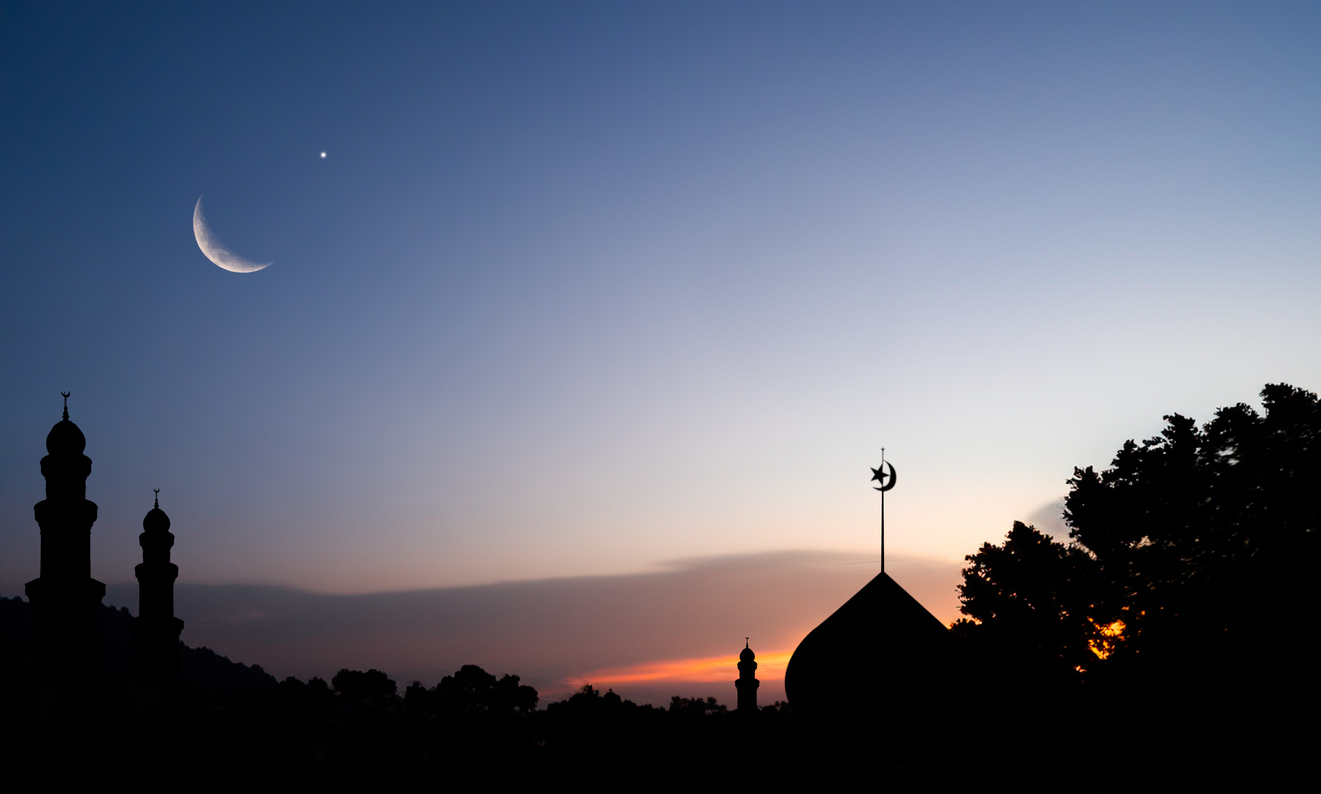September Equinox: A Time of Balance and Transition
There are two equinoxes: the March Equinox and the September Equinox, marked by nearly equal day and night lengths.

An important occurrence in the Earth's orbit around the Sun is the September Equinox, sometimes referred to as the Autumnal Equinox. It marks the beginning of spring in the Southern Hemisphere and the start of Autumn in the Northern Hemisphere. This equinox, which usually falls on September 22nd or 23rd of each year, is a significant event that brings noticeable shifts in daylight and weather patterns.
What is the September Equinox?
The September Equinox happens when the Sun moves across the celestial equator from north to south. This event divides day and night into nearly equal halves. The term "equinox" comes from Latin, meaning "equal night," which is why, on this day, most places on Earth experience close to 12 hours of daylight and 12 hours of darkness.
Why Does It Happen?
The September Equinox happens due to Earth's axis being tilted about 23.5 degrees in relation to its orbit around the Sun. As Earth moves along its orbit, this tilt causes the Sun to shine directly on the equator. During this period, both hemispheres receive nearly the same amount of sunlight.
How the September Equinox Affects Weather
The September Equinox brings noticeable changes in weather patterns. In the Northern Hemisphere, it signals the start of autumn, leading to cooler temperatures and shorter days. In the Southern Hemisphere, it marks the beginning of spring, bringing warmer temperatures and longer daylight hours. These changes affect local weather patterns and trigger seasonal transitions in the environment.
Cultural and Historical Significance
Many cultures have celebrated the September Equinox throughout history. For example, ancient cultures marked this time as a harvest period and preparation for the coming winter. Today, people worldwide celebrate the arrival of autumn and the change of seasons with various festivals and events. For instance, the Celtic festival of Mabon is held around this time to honor the autumn equinox and the balance of light and dark.
Astronomical Observations
The September Equinox is also crucial for astronomers. It serves as a key reference point for measuring time and coordinates in space. The equinox helps define the celestial coordinate system, which is used to pinpoint the locations of stars and other celestial objects. Observing the equinox also aids scientists in studying Earth's tilt and orbit, providing valuable insights into the dynamics of our planet's movement.
Daylight Changes and Its Impact
After the September Equinox, daylight starts to decrease in the Northern Hemisphere. This gradual shortening of days can influence people's lives in several ways. Many people notice a shift in mood and energy levels, often due to reduced sunlight, which can impact vitamin D levels and sleep patterns. The change also affects daily routines and activities, leading to a focus on indoor pursuits and seasonal adjustments in diet as autumn approaches.
Celebrations Around the World
The September Equinox is celebrated in various ways around the world. In many cultures, it marks the beginning of autumn with festivals and events that celebrate the changing season. For example, harvest festivals are common in the United States and Europe, featuring local produce and seasonal traditions. In other regions, people observe the equinox with celebrations highlighting the balance of day and night and the transition to cooler weather. These events often include community gatherings, feasts, and outdoor activities that embrace the beauty of autumn.
The Equinox and Modern Science
With technological advances, scientists use the September Equinox to explore more than seasonal changes. For instance, it helps monitor Earth's axial precession, which is the gradual change in the direction of Earth's axis. This research is essential for understanding long-term climate trends and planning for future environmental changes.



